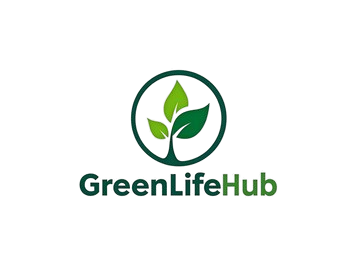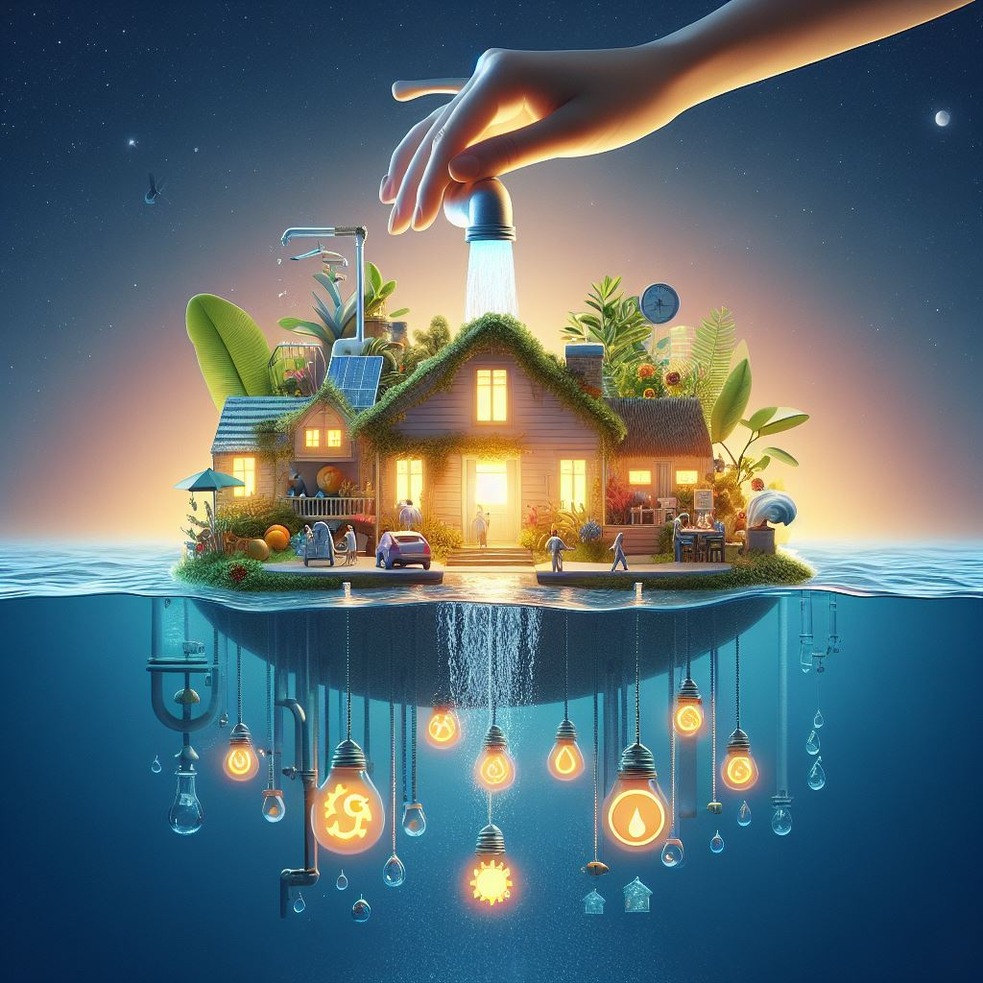Table of Contents
Introduction
If you’ve ever wondered about the impact of your daily water use on the planet and your wallet, I’m here to help you with some eye-opening facts. Did you know that the average family can waste up to 180 gallons of water per week just from household leaks? That adds up to nearly 9,400 gallons of wasted water annually – enough to wash more than 300 loads of laundry.
Saving water isn’t just about being environmentally conscious, it’s also about smart economics. One obvious benefit to reduce water usage in your home is significantly lowering your utility bills. But this isn’t just about saving money; it’s about safeguarding our water resources for future generations.
I’m going to walk you through simple yet effective methods to reduce your household’s water footprint. This will include both behavioural changes and some hardware upgrades, each capable of making a significant difference. By adopting just a few of these practices, you’re going to find out about easy wins that help conserve one of Earth’s most precious resources.
Next up, we’re going to talk about maximizing your home’s efficiency with low-flow fixtures. This will not only be a smart move for the environment but will have a gentle impact on your bank account as well.
Install Low-Flow Fixtures (Save 30–60 % Indoors)
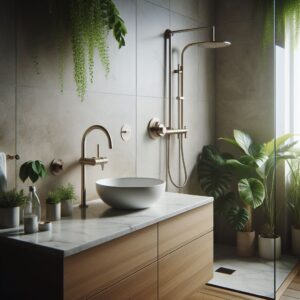
I’m going to paint a picture for you: imagine reducing your water bill and helping the environment without any significant changes to your daily routine. With low-flow fixtures, this isn’t just a dream; it’s a reality that’s well within reach for most homeowners.
You might be wondering what low-flow fixtures are exactly. Put simply, these are plumbing fixtures designed to use less water than standard models. Toilets, showerheads, and faucets can all be low-flow, and they’re crafted to cut down water usage without sacrificing performance. I’m here to tell you that swapping out your old fixtures for these can lead to significant water savings.
When comparing traditional fixtures to their low-flow counterparts, the differences in water consumption can be stark. For example, older showerheads might use as much as 5.5 gallons of water per minute, but a low-flow model could bring that down to 2 gallons or less. Over a year, the gallons saved add up to more than a drop in the bucket.
If you want to get started, the transition to low-flow fixtures is straightforward. There are plenty of options on the market, and in many cases, the switch is as easy as screwing in a new shower head or installing a new toilet flapper. It’s an up-front investment that pays dividends, both financially and environmentally, over time.
Implementing Mindful Water Habits
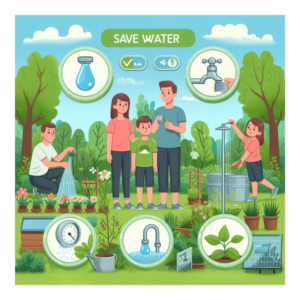
You’re going to find out about small adjustments to your daily routines that can create a significant difference in your water usage. It’s not just about reducing your utility bills; it’s also about taking responsibility for our environment. Let’s look at some surprisingly simple habits that you can start today.
Turning the tap off while brushing your teeth or shaving can save gallons of water. That might seem like a drop in the bucket but consider this: if you brush twice a day, you’re preventing a lot of unnecessary water from going down the drain over a year.
Showering smarter is another easy win. Aim to shorten your showers by even a few minutes, or turn off the water while soaping up. If you want to go the extra mile, you can install a timer to alert you when it’s time to wrap up.
Your appliances can be allies in water conservation so, choose water efficient appliances. Opt for water-efficient cycles on dishwashers and washing machines. It’s a misconception that these eco-friendly settings compromise on cleanliness. They’re designed to be highly effective while consuming less water.
Now, when you step outside your home, you continue to play a part in conserving water. In the next section, I’ll help you with how the choices you make in landscaping and outdoor water use can keep that water bill in check and, more importantly, conserve this precious resource.
Intelligent Landscaping and Outdoor Water Use
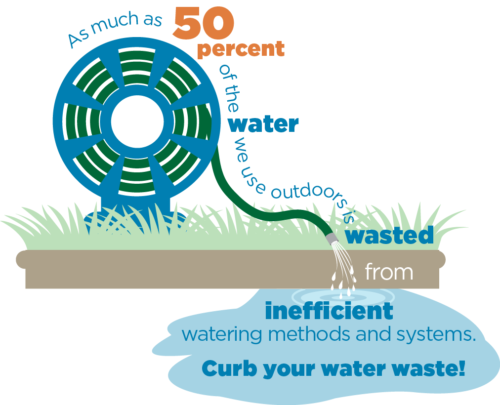
You might not realise it, but your backyard could be a thirsty culprit in your overall water consumption. But, don’t worry too much about those rolling green lawns and vibrant flower beds just yet. There’s a smarter way to maintain your outdoor paradise while keeping your water usage in check.
Let’s start with the greenery. Choosing plants that thrive in your local climate can drastically cut down on water needs. Drought-resistant plants are not just hardy; they’re often stunning and can provide a unique aesthetic to your garden. Sure, you can always adjust your approach down the road, but why not start with a landscape that resonates with you and the environment?
When it comes to lawn care, timing is everything. Watering your lawn in the early morning or late evening can minimise evaporation. And guess what? Automated irrigation systems can be a game-changer. By installing a system with a moisture sensor, you ensure that your garden is only watered when necessary. This isn’t just about saving water; it’s also about giving your plants the right amount of hydration without guesswork.
Rainwater harvesting is yet another powerful strategy. By collecting and using rainwater for your garden, not only are you reducing tap water usage, but you’re also utilising a resource that’s already in abundance. From rain barrels to more elaborate cistern systems, there’s a lot of opportunity in this ancient practice turned modern convenience.
As we look towards the final thoughts in our water conservation journey, remember that every drop saved outdoors complements the efforts you make indoors. The collective impact of these strategies can lead to significant water savings and a more sustainable lifestyle.
Conclusion: Embracing a Water-Conservative Lifestyle
You’ve just explored various strategies to reduce your water usage, and it’s clear that every drop counts. By now, you’re equipped with practical tips to make a real difference, from upgrading to low-flow fixtures to adopting smarter outdoor watering habits.
Remember, taking action doesn’t have to be overwhelming. Start small, perhaps with fixing a leak or turning off the tap while brushing your teeth, and gradually incorporate more changes. Before long, these actions will become second nature.
Choosing to save water is not just an environmentally sound decision; it’s also a financially smart one. With each water bill, you’re likely to notice savings that will add up significantly over time. Plus, you’re contributing to the sustainability of this precious resource, ensuring it’s available for future generations.
Your first attempt at water conservation doesn’t need to be your last. Continuously seek new ways to improve and share your experiences with friends and family to inspire a community-wide effort. Together, we can all make a substantial impact.
I hope that you’ve found this guide helpful and that you’ll start implementing some, if not all, of these water-saving techniques. Don’t just take my word for it—try it out and see the difference for yourself. Thank you for taking a step toward a more water-conscious lifestyle, and I’m excited for you to embark on this worthwhile endeavour.
Kaleem,
greenlifehub.com
